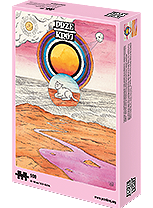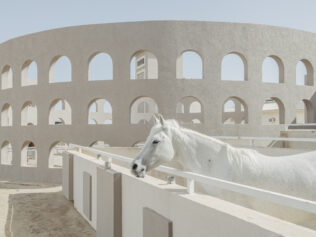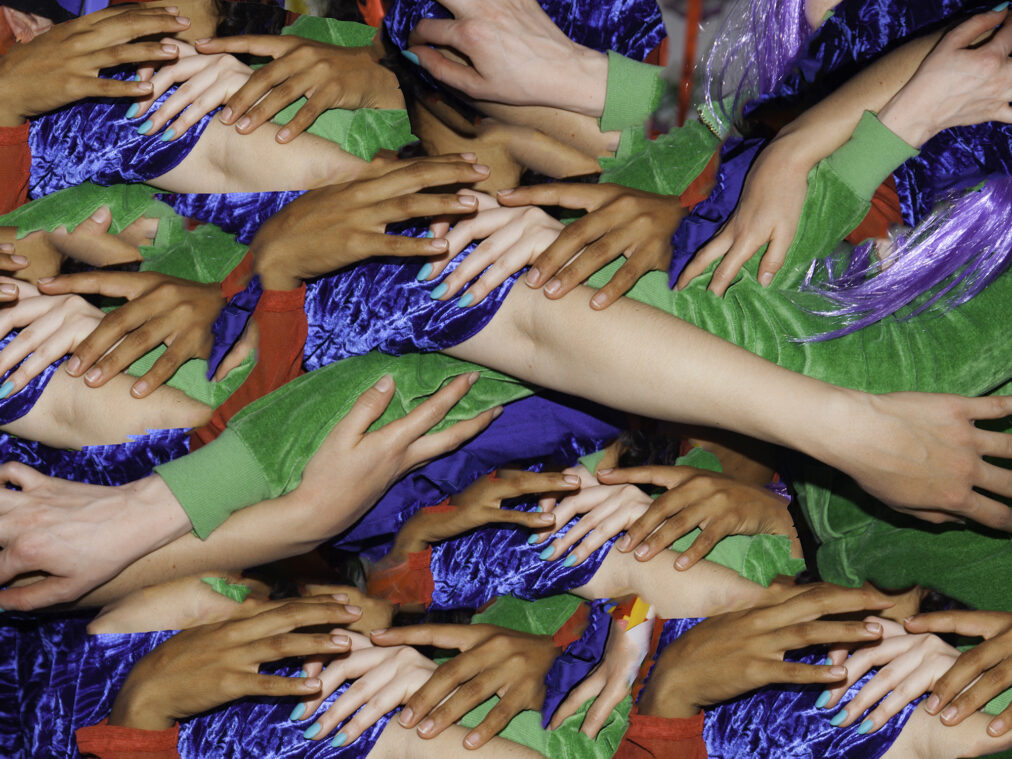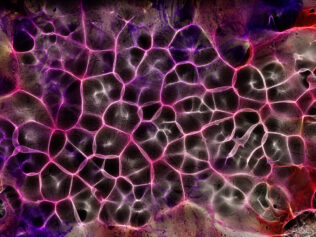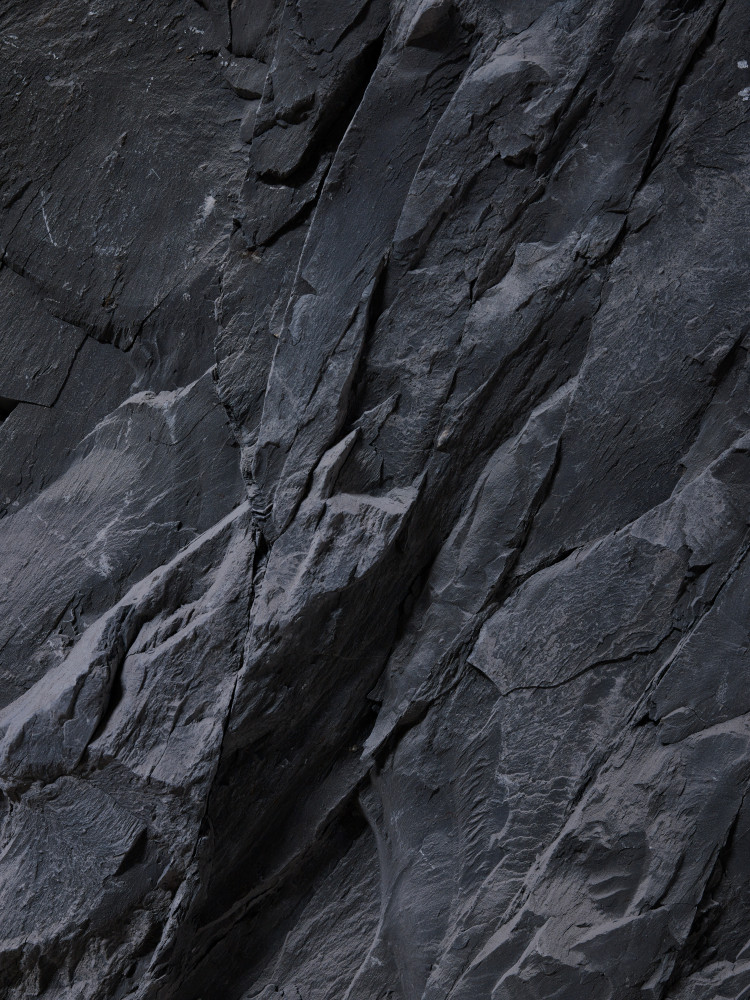
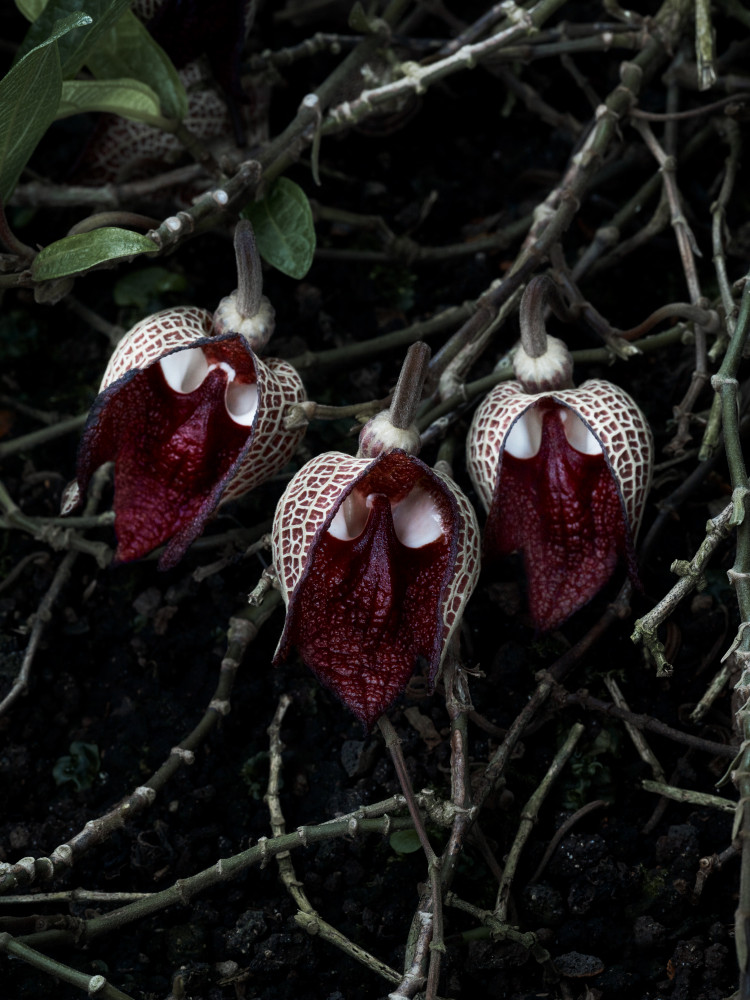
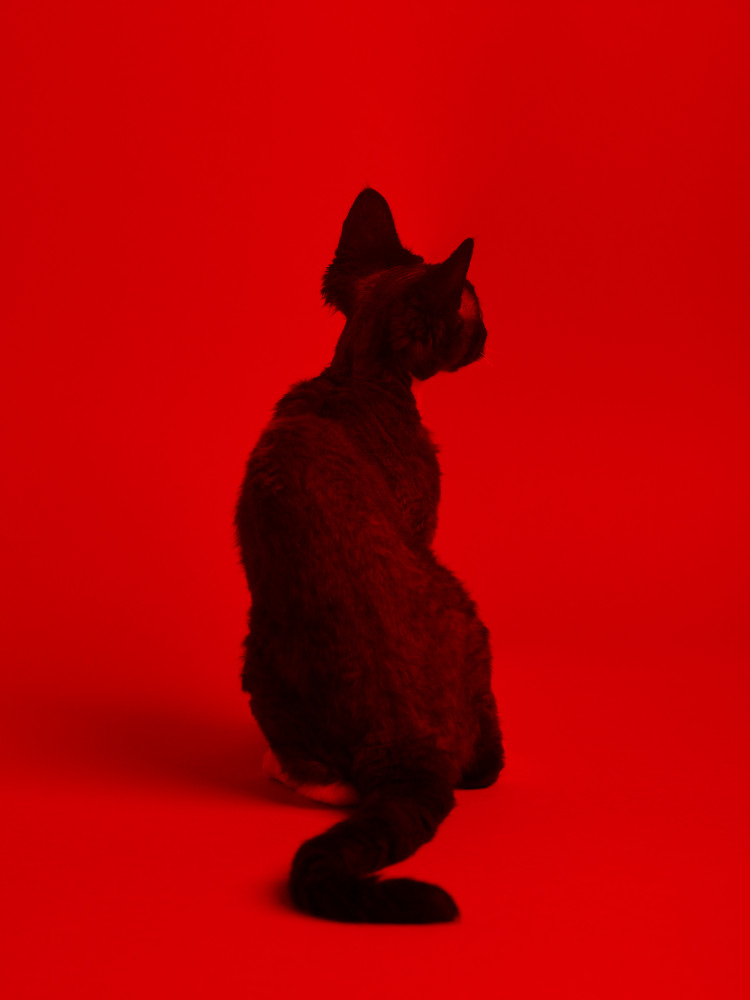
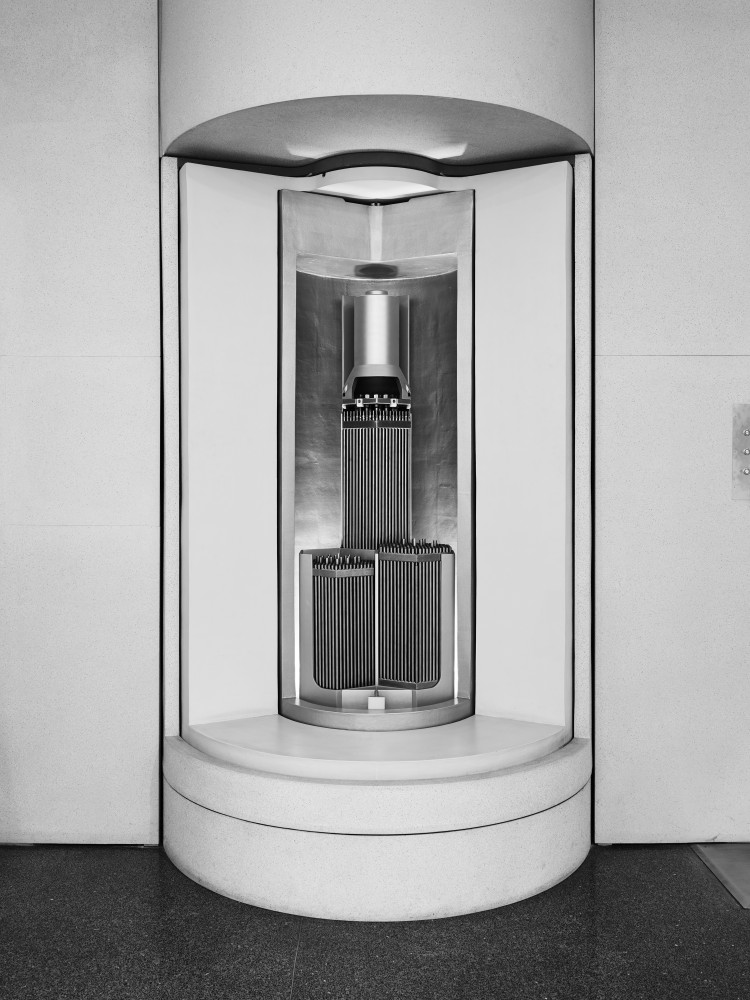
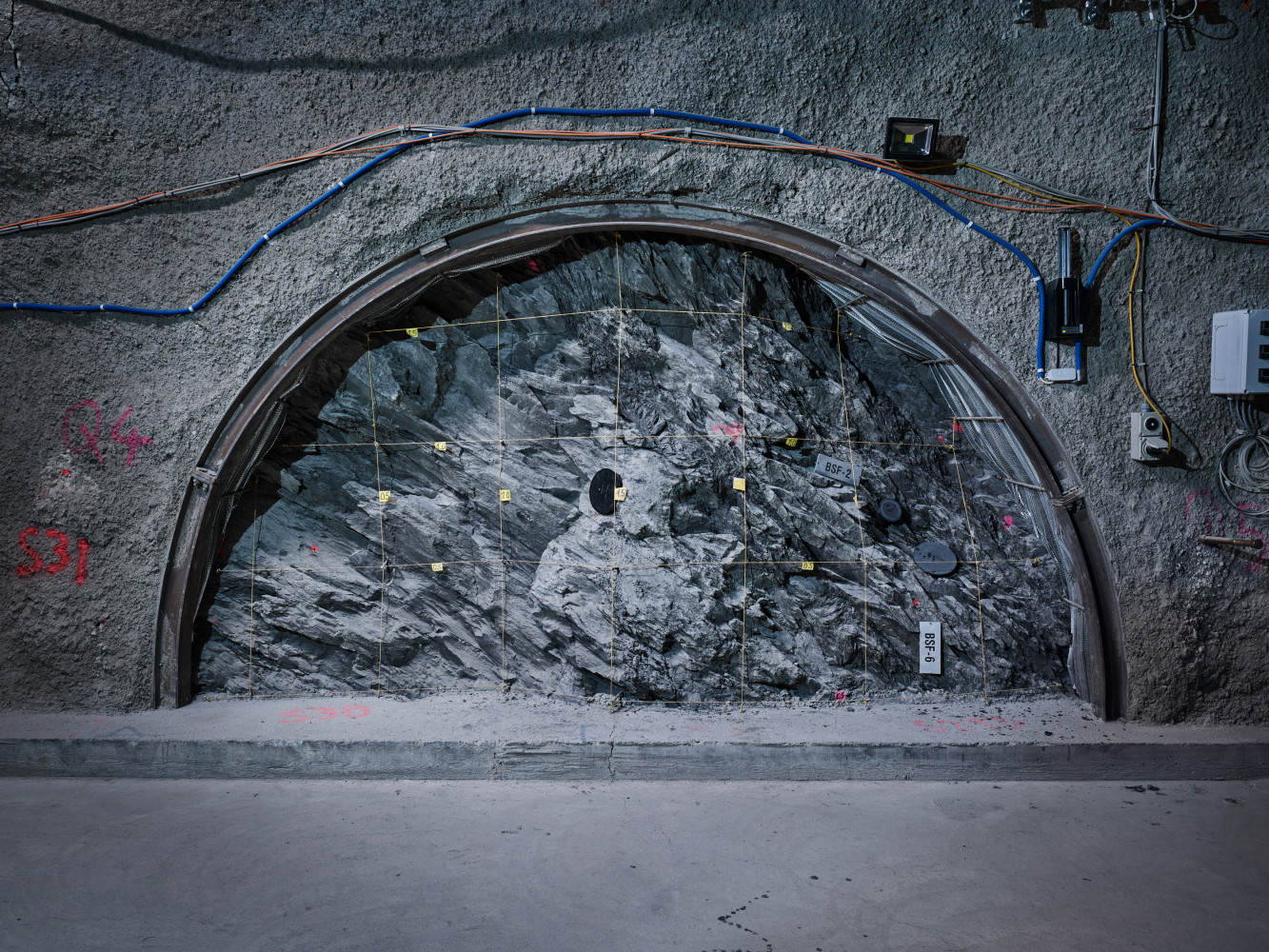
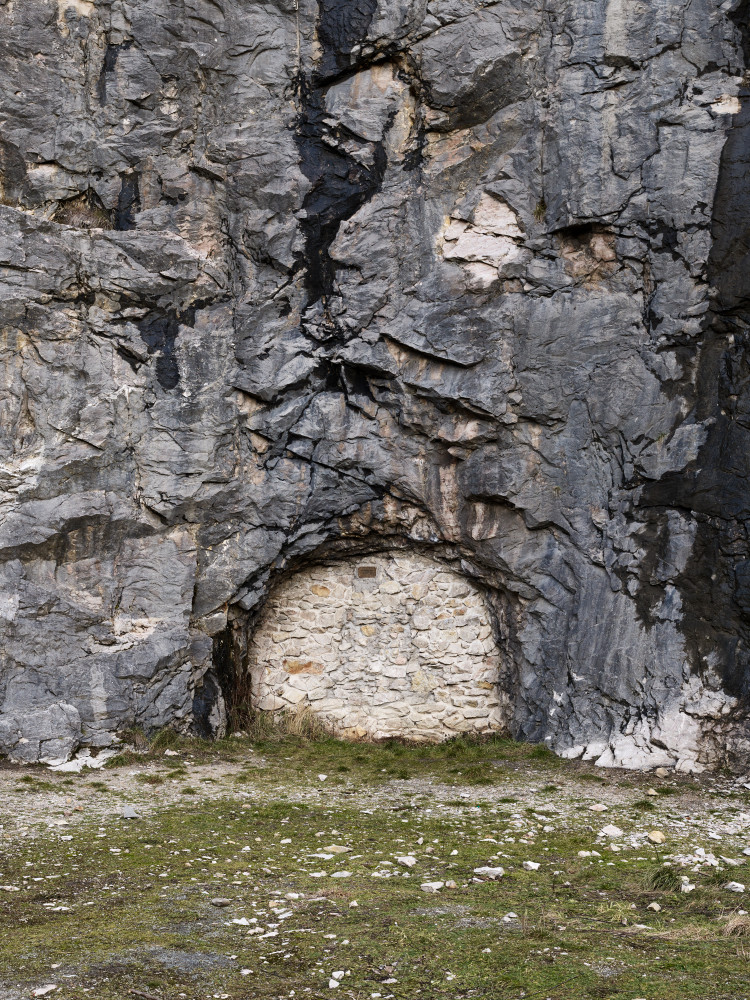
How can we protect future generations against highly radioactive waste, such as that produced in our nuclear power plants and in medicine, research and industry?
They will pose a danger to life for hundreds of thousands of years to come. Beyond technical measures to ensure secure geological repositories, this also requires novel communicative solutions: future civilizations, so distant that they are beyond our wildest imagination, must be warned of the dangers posed by these sites. This raises fundamental questions of an anthropological nature – about the role of language and culture in the transmission of information over extremely long periods of time, but also about the almost uncontrollable human risk factor. The Swiss photographer and artist Marcel Rickli reflects on these pressing concerns in the form of a visual research project in the field of tension between documentary photography and art. His latest work, AEON, contrasts the symbolic nature of nuclear semiotics with the factuality of repositories as they are planned and built today. The project illustrates the difficulty of defining signs that not only have a physical existence over an immensely long period of time, but whose meaning is also universal. It poses questions about the future of mankind, unites approaches from physics, futurology, anthropology and sociology, and culminates in the simple and at the same time existential philosophical question: What endures?
Marcel Rickli is currently based in Zurich. He studied Photodesign study at College of Design in Bern. His works were exhibited in Zurich, Basel, Biel, among others. Since 2011, Marcel Rickli has been exploring the ways in which we are fundamentally changing our planet in an ongoing series of photographic field studies. The energy and resource requirements of humanity and their resulting environmental impacts, which are often severe and irreversible, form the leitmotif of his work. In previous works, Marcel Rickli trained his camera on ore mining in Sweden, which results in massive land subsidence and has even caused the resettlement of an entire city (“Kiruna / 2015”), as well as on brown coal mining in Germany, to which entire landscapes are sacrificied (“Lausitzer Braunkohlerevier / 2015”). New hopes in the fight against climate collapse have also caught his attention: pictures of the world’s largest wind farm in the Gobi Desert and a Chinese solar power plant that couldn’t be more futuristic illustrate what the energy revolution could look like (“Ambivalent / 2017 – 18”). Rickli’s work impressively captures an epoch in which humankind has become the most important influencing factor on our planet’s biological, geological and atmospheric processes: the Anthropocene.
Text by Sascha Renner
Marcel Rickli’s photographs will be displayed during the upcoming 19th edition of Fotofestiwal. For more information about the Open Call finalists and the event programme: www.fotofestiwal.com

